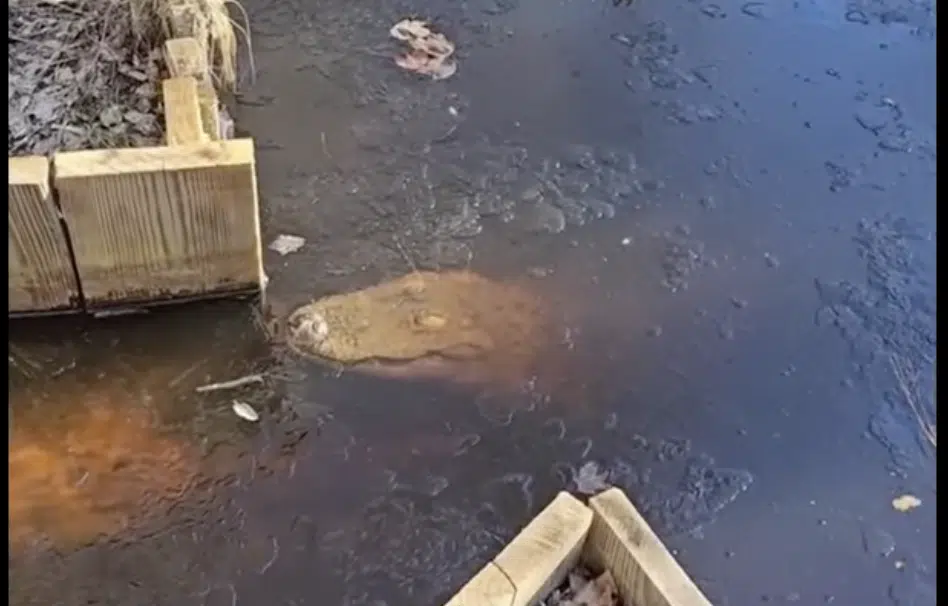Recent sightings in North Carolina of alligators chilling in frozen water have everyone talking about these creatures’ magnificent survival tactics. Let’s have a further look at these alligators chilling, and why they can.
In the video we can see the alligators are completely submerged in ice water, except for their snouts – quite eerie.
Cold-blooded Alligators
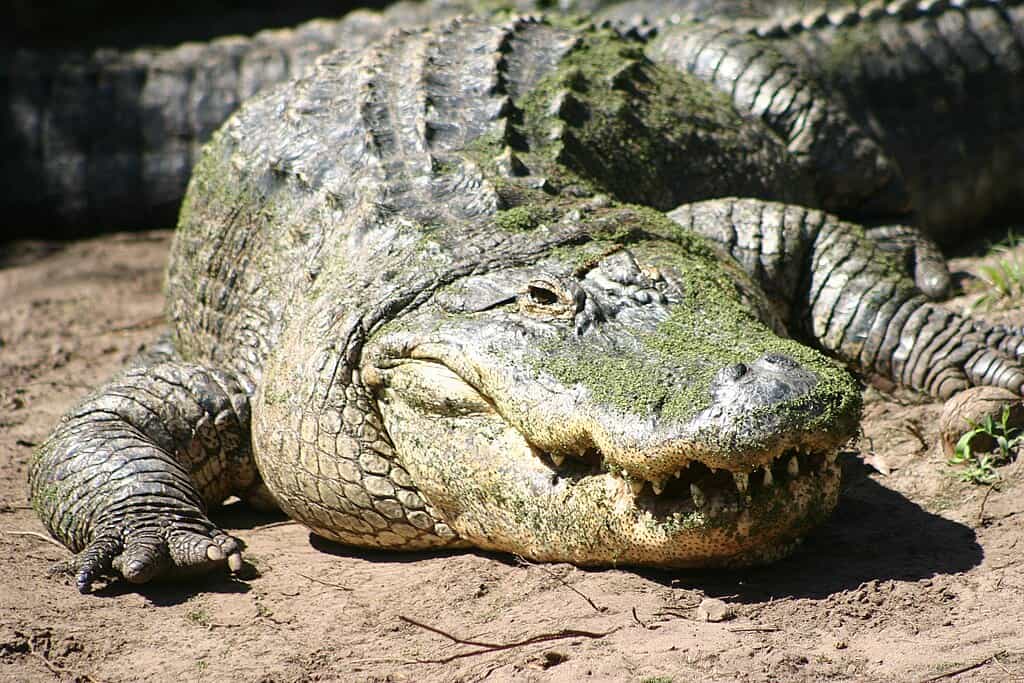
Alligators are cold-blooded reptiles. This means that they are dependent on their environments for body heat, as they can’t regulate their temperature themselves. The ridges on alligators’ back are called scutes. These bone plates act as heat conductors for the gators. As an alligator bakes in the sun, the blood flowing through their scutes is also warmed up and distributed through the gator’s body. Of course, if they get too warm baking in the sun, they have to relieve the heat. And alligators will do so by opening their mouths and letting some of the warmth escape.
Brumation
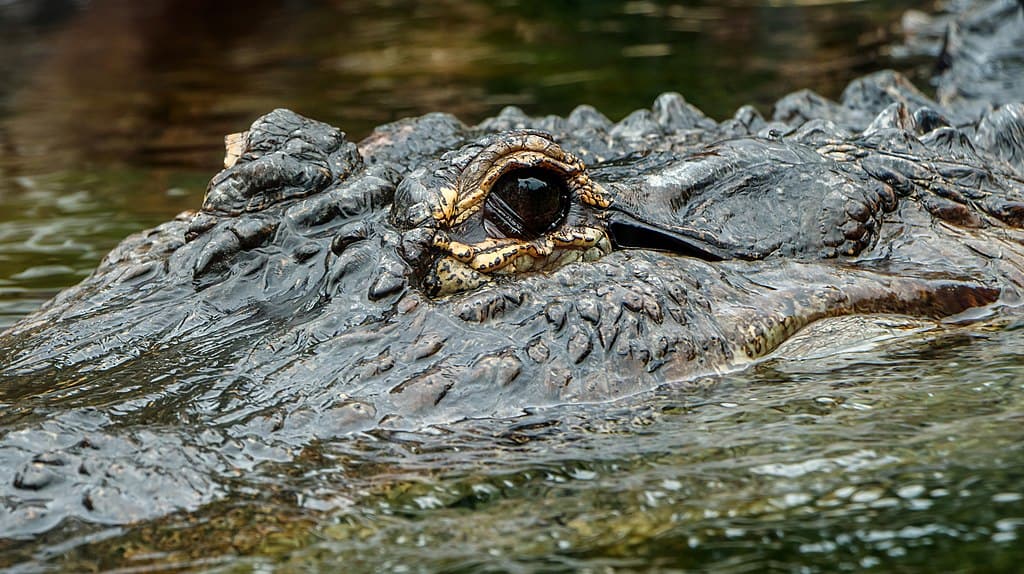
During the cold (and icy) winter months, alligators go into a type of hibernation called brumation. In a state of brumation, reptiles become lethargic, have a lower metabolic state, respiratory rate and heart rate. During this time they engage in minimal activity. This allows them to survive the cold temperatures by using their energy to survive instead of partaking in their normal summertime activities. Different from the deep-sleep hibernation mammals enter, alligators and other reptiles in brumation will still drink water to prevent dehydration, and even move around on slightly warmer days.
But why freeze?
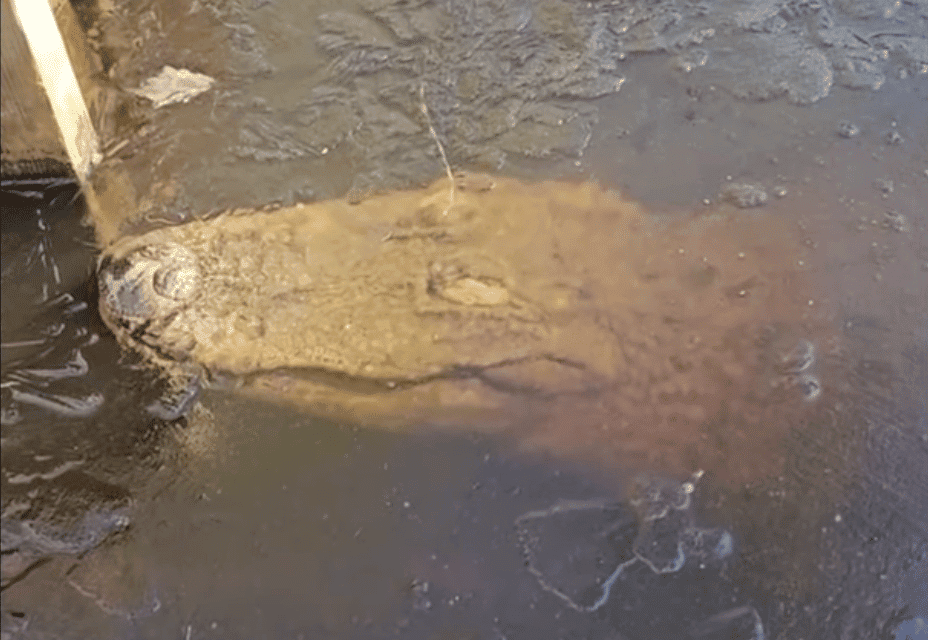
If given the option, alligators will create shelters in mud for brumation. But in cases where they are water-bound, such as the Swamp Park Outdoor Adventure Centre where the recent sightings took place, they will feel the water starting to ice over and pop their snouts up to avoid freezing underneath the water. With their nostrils free they can easily breathe during their state of brumation.
Brumation vs Hibernation
Although the differences between brumation and hibernation are slight, we compared some in the table below:
| Brumation | Hibernation | |
| Animals | Cold-blooded reptiles and amphibians, such as snakes, turtles, lizards and of course alligators. | Warm-blooded mammals, such as bears, hedgehogs and squirrels. |
| Duration | Typically a duration ranges from several weeks to months. | Significant decrease in metabolic rate, heart rate and respiratory rate during a deep sleep. |
| Metabolic state | Decreased metabolic rates, heart rate and respiratory rate to conserve energy during times of environmental stress. | Brumating animals do not eat before entering their inactive state, as their metabolic rate decreases so much that they are unable to digest their food until temperatures rise. |
| Body Temperature | Body temperature fluctuates with ambient temperature. | Internal body temperature is kept more consistent. |
| Feeding Before | In a state of brumation, animals become lethargic, less responsive to stimuli and cease feeding, but still hydrate at times. | Hibernating animals have to eat enough to have sufficient food storage as their metabolism is decreased but still active. |
| Behavior | In a hibernating state, animals are unresponsive to external stimuli and appear to be in topor or a deep sleep. | Occurrence |
| In a hibernating state, animals are unresponsive to external stimuli and appear to be in topor or deep sleep. | Occurs in reptiles responding to cold temperatures, reduced daylight or food scarcity. | Mostly in mammals who live in areas with extreme climate changes during winter. |
Time to Chill
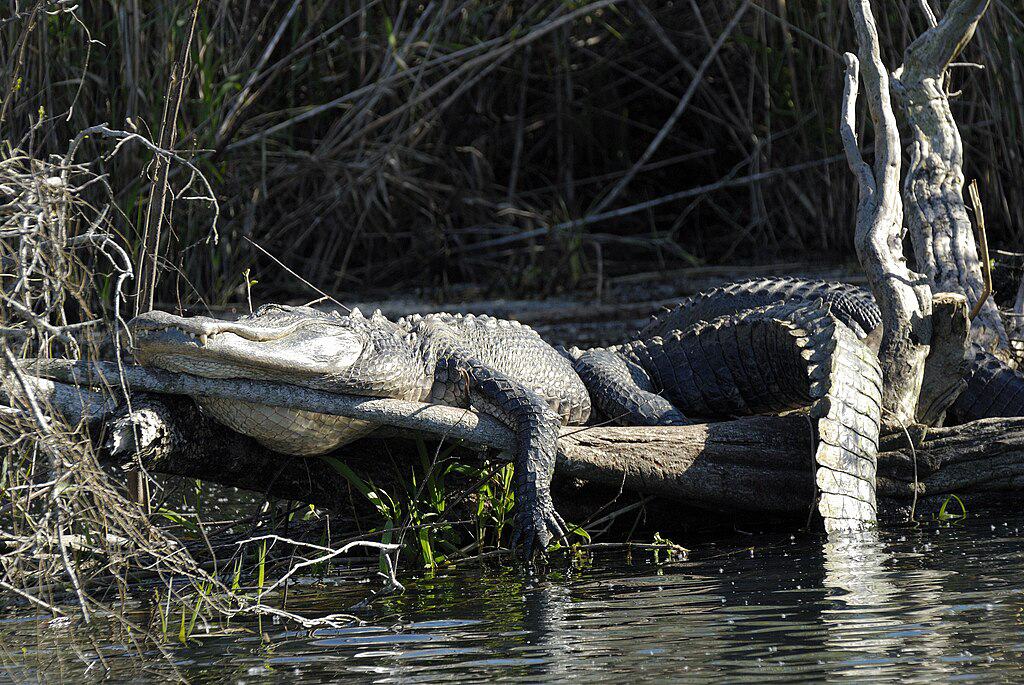
Now we all can relax knowing these alligators frozen in water with their snouts sticking out aren’t a scene from a childhood nightmare, but actually an incredible display of adaptation. If you ask me, they are taking winter chilling to the next level!
Here are some more articles about the wonders of the animal kingdom:
- Man’s Life Mission Helps Hundreds of Street Dogs in Thailand - May 1, 2024
- What Type of Person Abandons a Pregnant Mama Dog? - April 30, 2024
- Senior Rescue Chihuahua Returned To Shelter And The Reason Is Shocking - April 29, 2024

